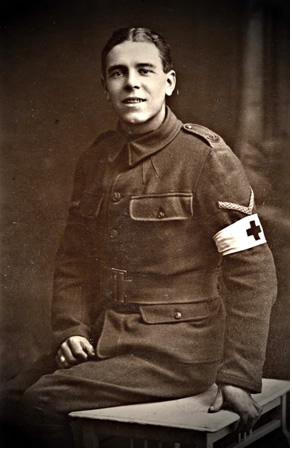Corporal Robert Thrale
To bring you a more reliable & user-friendly experience by mid-2024, we are significantly improving Thrale.com.
Consequently, this page has temporarily been moved here.
Sorry for any inconvenience and thank you for your patience.

Comments
Anonymous (not verified)
8 October 2005 - 12:29am
Permalink
Robert Thrale in prospective faction book
Just so you don't get a surprise, I am writing a book about the relationship between the first world war flyer, Albert Ball and his fiancé. It is a novel but also a biography of Ball that considers the role of women in WW1.
Ball was part of a scout troop that met in Willoughby St, Lenton. Last week I met with Steve Zaliek, the editor of the Lenton Times. He has researched every name on the Lenton War Memorial and Corporal Thrale appears there. As the family lived on Willoughby St for a while I chose Thrale to be a member of the scout group. He appears in two parts of the book. In the first he visits the home of Ball as a child. The second is an imaginary account of his death at Gommecourt.
I have treated him as a character in a novel, but based what I have written on a contemporary account Steve gave me. I know he was Captain of the Battalion football team, so I made him a Nottingham Forest fan. The book is not finished and I do not have a publisher, but everyone that has read it has been extremely positive. It will be finished before Christmas and then will do the rounds of Literary Agents.
I just wanted to warn you the Thrale name might soon be in print.
Regards
Mark Collar
Gt Yarmouth, UK